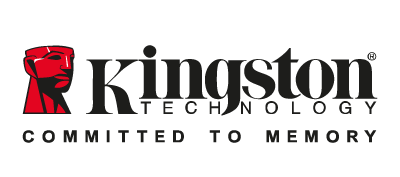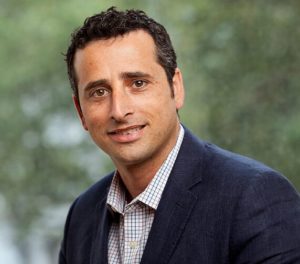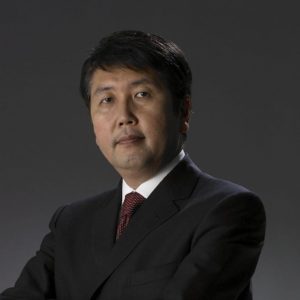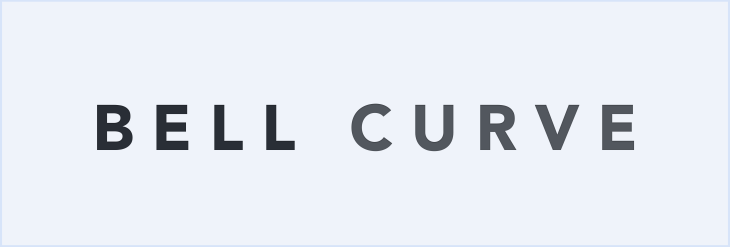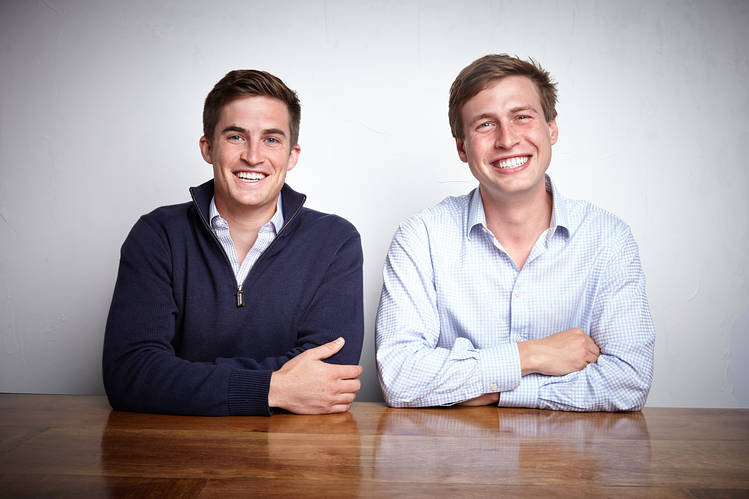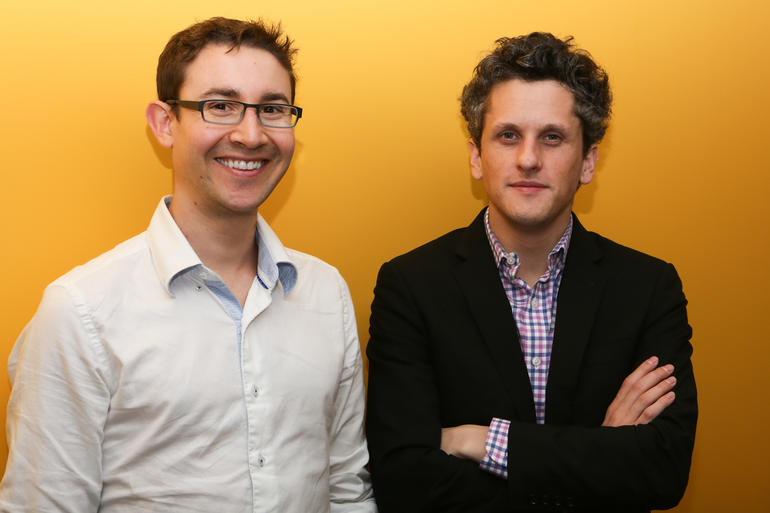Kingston : The Largest Memory Module Manufacturer Company in the World
Change is the basic rule of life, and along with life, there are many things that go through changes with time. One of the main thing that has been changing with a high pace is technology. In the past decade, we have seen the most dramatic advancement in technology, and thus, we are introduced to many unusual things. Memory devices, being the most important part of the technology products, has seen a lot of good transformations, and for such innovative products, we can give the credit to the tech companies like Kingston.
Kingston Technology Corporation is a multinational computer technology company, and one of the most popular flash memory products manufacturers, based in California. David Sun a native of Taiwan, and John Tu from Chongqing, China, founded the company in 1987 in California. At the time, they were completely broke, the two spotted the opportunity in the shortage of 1Mbit surface-mount memory chips in the market and built Kingston.
About the Founders
David Sun is the COO of Kingston Technology, born in October 1951 in Taiwan. He graduated from Tatung University, and after completing his education, he moved to the U.S.

On the other hand, John Tu had to go through some hardships to get the education. He was born in 1941 in Chungking, China, but had to move with his family to Shanghai in 1945. After around two years, as the Chinese civil war broke, his family moved to Taiwan. Lack of availability of good schools and college, Tu then moved to Germany to pursue a degree in electrical engineering. But again, as he did not know the language, it became difficult for him to choose the college and start studying.
After a lot of struggle, with the help of a priest, Tu joined a language school in Munich and started working at a shipbuilding factory for his apprenticeship. Finally, he got enrolled in the Technische Hochschule Darmstadt and received a graduate degree in electrical engineering. As soon he completed the degree, he got a job at Motorola in Wiesbaden, and after working for a year, he moved to California on the recommendation of his sister, who was already living the U.S.
Founding Kingston Technology Corporation
Coming out of a life full of struggles, John Tu had to start working, as soon as he reached the new country. He started a gift shop in Arizona, and later, invested in various other ventures. In 1982, Tu met Sun in California, and being from the same background, they became friends. The same year, they decided to start a computer hardware company named Camintonn Corporation. The company was then acquired by another company, and each of them received $1 million after the deal.
But due to some bad business decisions, in 1987, they were broke. They could do nothing but try their luck with another business. They started Kingston Technology Corporation focussed on manufacturing computer memory products to fulfil the demand in the market. Kingston started manufacturing memory devices for different PCs, as a result, started growing at a rapid rate. The company was the result of the biggest failure of the two co-founders, but still, it was their biggest success, too.
The Success
In 1990, the company expanded its manufacturing lineups to processor upgrades, networking and storage products. And, in two years, Kingston was ranked as the number one fastest-growing privately held company in America by Inc. The company received its ISO 9000 certificate in a single attempt in 1994. The next year, the company was a unicorn, with the sales exceeding $1.3 billion, and it had grown to 500 employees.
It was in 1996 when for the first time, a PC company (Toshiba) and a memory products manufacturing company (Kingston) collaborated to develop co-branded modules. The same year, the Softbank bought 80% of the company shares for $1.8 billion, but in 1999, the two co-founders bought the shares back for $450 million. The company expanded its branches to Europe, establishing its first office in London, United Kingdom, in 1996. The next year, the company had offices in Taiwan, Japan, Dublin, and a in few other locations.
In 2000, the company formed two spin-off companies named Validation Labs, Inc. and StorCase Technology, Inc. Kingston has featured in The 500 Largest Private Companies in the U.S, by Forbes over five times. It has also been named as the world’s number-one memory module manufacturer for the third-party memory market by iSuppli for 12 consecutive years. It was also named the world’s number-one memory module manufacturer for the third-party memory market by IHS multiple times.
Kingston has always believed in the motto of “be real good at what you do, or do nothing!”. It has been the symbol of reliability and quality since its inception. The story of Kingston inspires us to put the hard work in the right direction and persistence, such that success will be never un achievable.

Yashica is a Software Engineer turned Content Writer, who loves to write on social causes and expertise in writing technical stuff. She loves to watch movies and explore new places. She believes that you need to live once before you die. So experimenting with her life and career choices, she is trying to live her life to the fullest.
